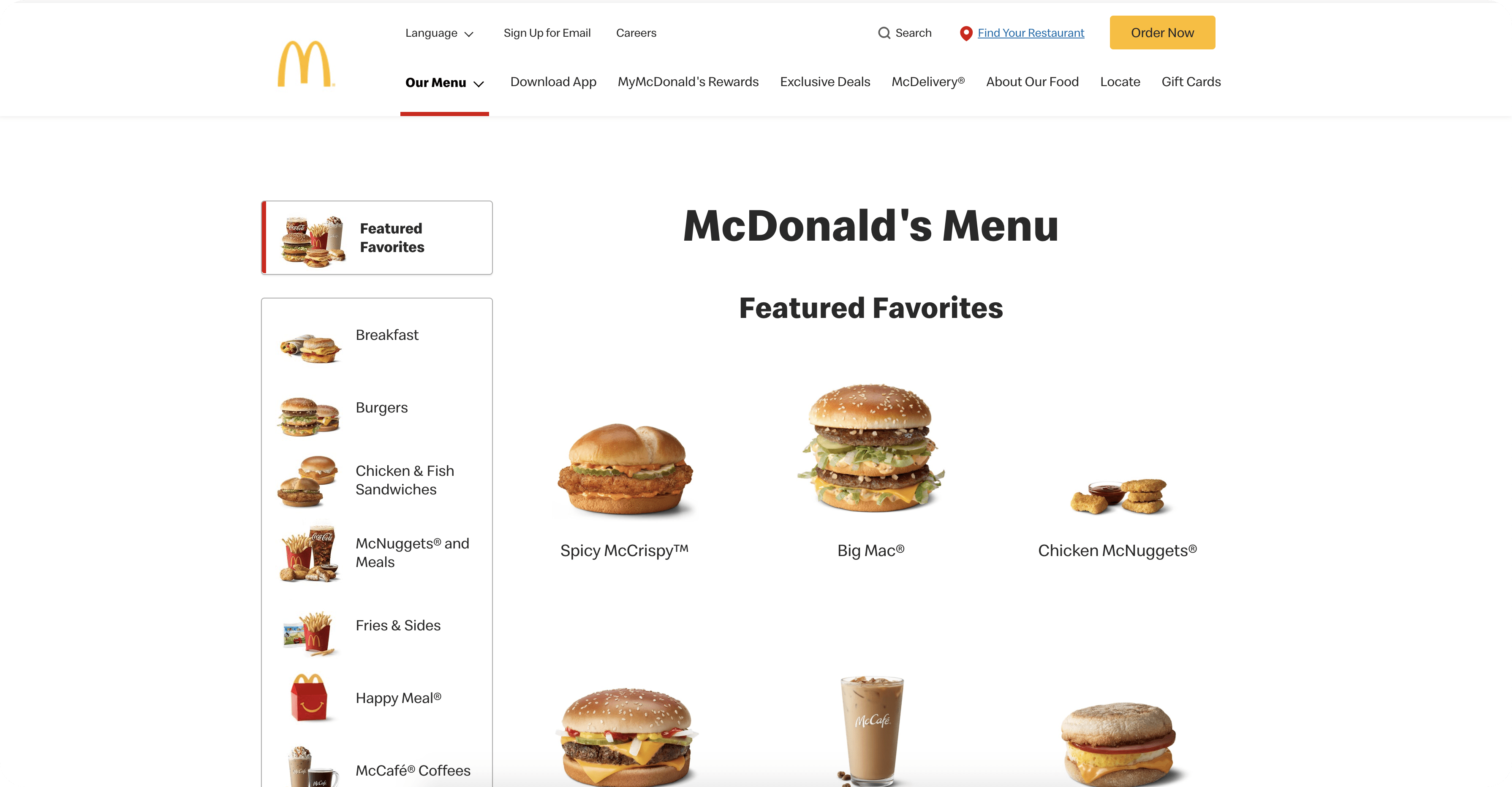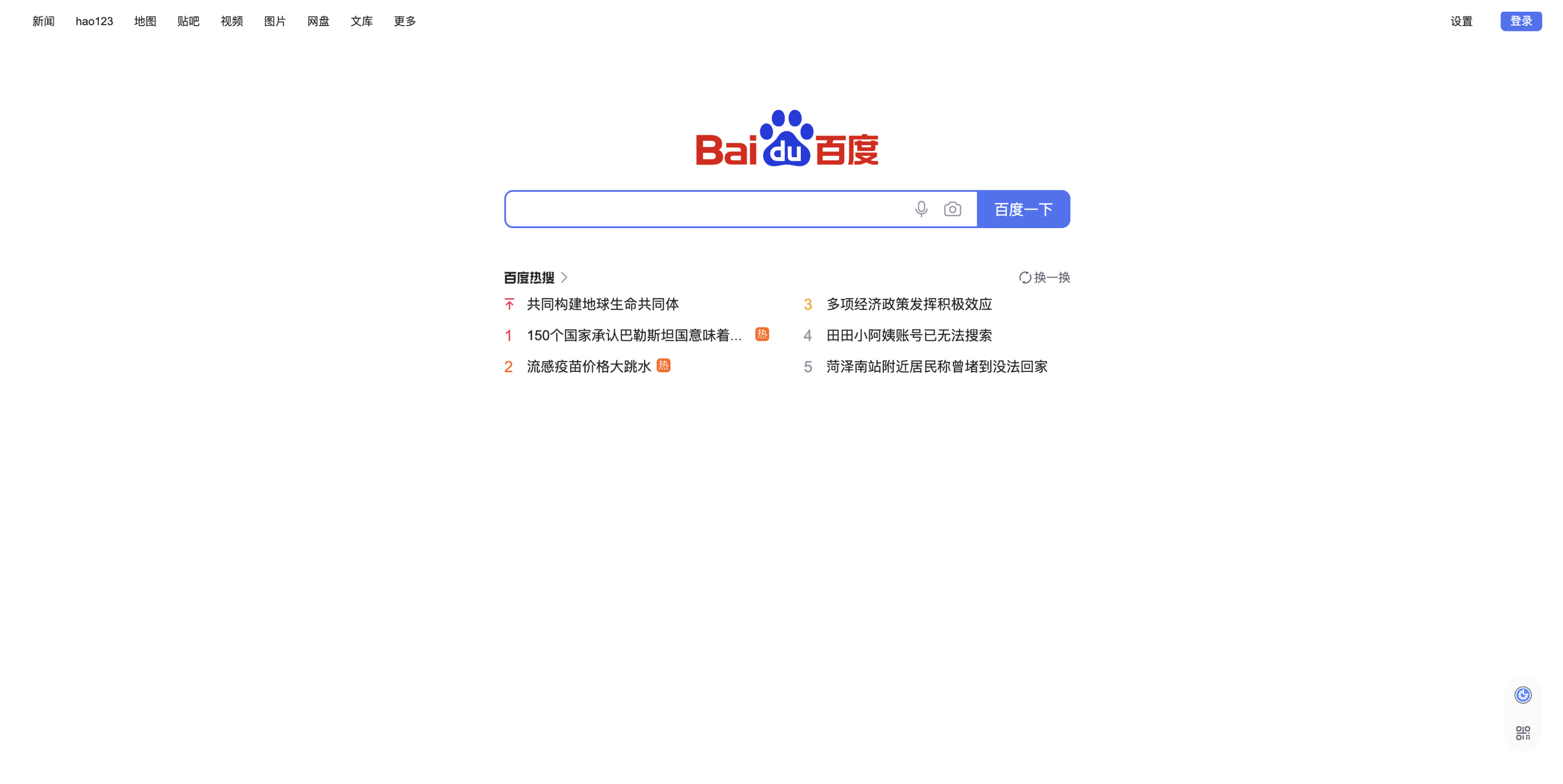User satisfaction in interface design is very essential and is given great importance by designers. Designing something necessitates that a designer comprehends profoundly what the user wants to get done. The deepest form of understanding users is called ‘Empathy’; Empathy overpasses observing from the outside to imagining what it feels like to be on the inside, even to the things a user is not aware of.
The Complexity of Cultural Communications
One of the most important features to take into account when designing an interface is culture. Culture according to Edward T. Hall (American anthropologist and cross-cultural researcher) is very complex and guides the actions and responses of human beings in every single detail.
Cultural communications are deeper and more complex than any spoken or written messages. This parameter is crucial to get a clear understanding of people’s motivations and thought processes especially for the cultures that have a particularity.
The translation is one cultural activity that helps communicate ideas and beliefs; culture and translation are closely connected. It is widely used in interfaces design since most of the designs are carried out mainly by Anglophones. The main challenge is that these interfaces are most of the time translated to the corresponding language without taking into account cultural differences which may sometimes influence the usability of the interface or make it difficult to use.
Importance of Cultural Preferences
It is necessary to understand the cultural background of project stakeholders as well as end-users of the product or service to be designed. The cultural baggage of interface’ users plays a key role in how they interact and perceive the usability and utility of interfaces. For this reason, designers should accommodate local specificities to locate the market and eliminate culturally offensive content.
Cultural gaps can be overcome by learning ahead of time and trying to understand the variables and how to adapt to them. One direct example of respecting cultural background is seen when comparing McDonald’s menu in India and McDonald’s menu in France. In India (North & East India), the menu is mainly composed of the chicken burger, fish, veggie, and egg burgers, respecting Indian admiration for the cow (Hindu belief). So on one hand, there are no Hamburgers or any other beef product and on the other hand, they have preserved the tradition of consuming eggs there. While in McDonald’s France, beef is on the top of the menu. In addition, if we look at the names of the burgers (‘Veg Maharaja Mac’ for example) we also see a good example of localization.



Alignment with the corresponding Mental Model
Once users have formed a mental model, they will often reject an experience that does not accord with that model. Audiences may differ in terms of culture, religion, age, level of education, and baggage; icons significant for Western users may not correspond to Arab countries.
One projecting example is Google. This search engine which has the lion’s market share in the most Western market and which is known for its simplicity and ease of use is not used in many countries where culture is far from the Western culture.
In China, for example, Baidu & Sogou have 92.78% of the market shares. They are both local search engines.

In South Korea as well, the most used search engine is Naver with a share of around 59% of active users. Naver is a South Korean online platform and search engine which is operated by Naver Corporation. On the other hand, Google has only 32.7%.


By simply comparing the above figures, we can notice the difference in terms of simplicity, between the interface of the three search engines. Naver and Baidu present more information to users than google in terms of various categories: web pages, books, images making the interface more complex and colorful.
The easiness and simplicity of Google have failed to appeal to users in China and South Korea.
In Arab countries, despite Google’s clear domination, some Arabic speakers feel frustrated and need a transliteration search engine since the Arabic language support on many devices is poor.
Conclusion
Targeting markets with a distinctive culture such as Arab countries, China, Japan, or India creates cultural challenges, and localization becomes essential. Localization and reconsideration of the entire process are required to achieve customer satisfaction; the translation is a small part of the localization.
In today’s connected world, understanding the cultural context of society and the impact of culture on customer behavior is essential to the study of any international project. The challenge relies on responding and adapting effectively to every culture.




